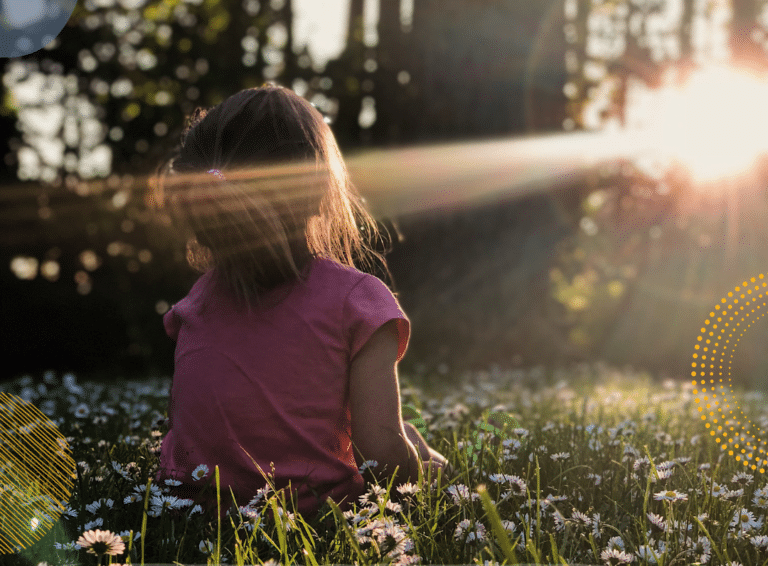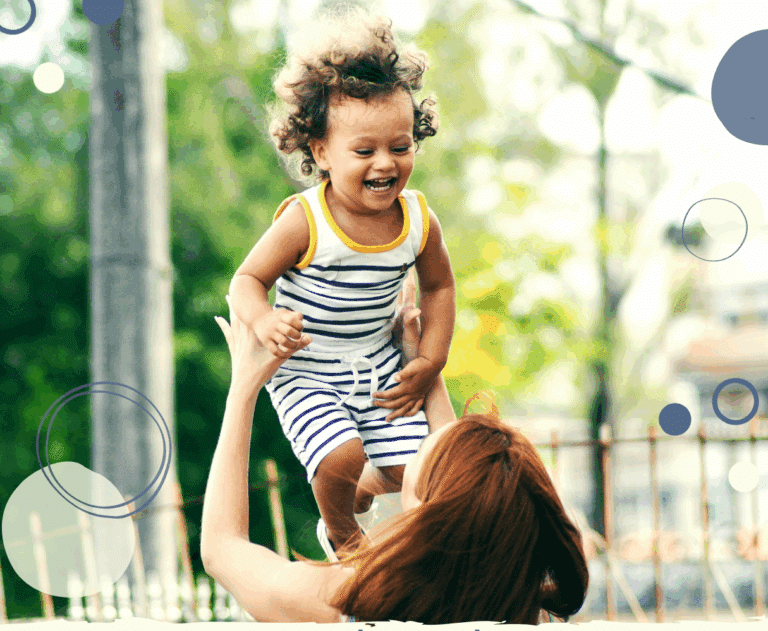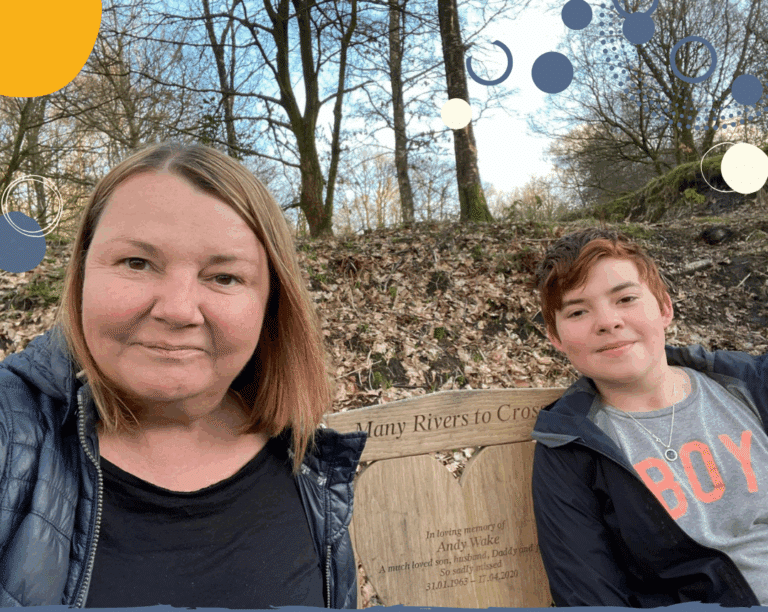12 Family Mindfulness Activities
Daily mindfulness moments are a simple way to reduce stress and anxiety and boost family happiness levels. For parents, mindfulness can help us stop juggling thoughts and step into the present moment. For children, regular mindful moments equip them with strategies for regulating their emotions and bringing calm to their bodies. Family mindfulness activities achieve both these goals but also bring everyone together for a moment of family connection.
So, which are the best family mindfulness activities? The simple answer is to do what you and your children enjoy most – whatever brings the greatest sense of calm and fits into your family routine. There are some fantastic ideas on the Action for Happiness website, or you could try the list of family mindfulness activities below and see which you all like best.
Remember to keep things short for younger children. This isn’t about doing mindfulness perfectly. Some days your children will be in a much more excited state and find it harder to slow down (as will you!). The more you practise, the easier mindfulness becomes.
Why not start with a family mindfulness challenge to keep you motivated? You could set a target of one mindfulness moment every day for a whole week. Keep track on a chart (younger children might like to colour this in) and maybe agree a family treat together at the end of the challenge if you complete it? Or try rounding off every mindful moment with a cuddle for some extra motivation for everyone.
Family mindfulness activities – 12 ideas
Stare out of the window: Don’t think about anything specific, just look out of the window and see what you can see. Observe. Watch the raindrops hitting the puddle, the bouncing of a leaf in the wind, a bird searching for food, pedestrians hurrying, cars driving passed, a shop light flickering – notice what you can see. You can set a timer on your phone for 2-5 minutes (depending on children’s ages) or just keep going for as long as works for you. With very little ones you might like to use a calm voice to gently point out what you can see and guide them towards attentive watchfulness. “I can see a bird sitting on that branch.”
Take five deep slow breaths: Trace around the five fingers on your hand slowly to guide you (see this finger breathing video for a demonstration).
Use a meditation app: Guided meditation apps are a brilliant resource for learning to relax and manage any anxious thoughts. There are lots of apps on the market – check out these Mindfulness apps for children and teens for recommendations the whole family can use.
Peaceful sitting: close your eyes for two minutes and focus on what you can hear. Just listen and notice what your ears pick up. This is a lovely exercise to try while you are out and about in nature. Head to a bench (or sit on a log) and listen to the birds.
Dance with your eyes closed: You need to choose calming music for this or it can all get a bit boisterous! The aim is rhythmic swaying rather than Saturday Night Fever.
Do a family yoga session: There are lots of free yoga sessions online suitable for different ages and abilities. If yoga is too invigorating, just practise a couple of warrior poses followed by three minutes of savasana.
Belly breathing: Sit in an upright chair and close your eyes. Put your hand on your chest or belly and as you breathe, notice how you hand moves up and down. (You can also do this lying down for little ones).
Watch the night sky: On a clear night, grab something to lie on and a blanket to keep warm and lie down outside. Just look at the stars. Watch the clouds moving, the moon coming and going, and satellites passing. Add a cuddle for warmth and connection.
Do a relaxing visualisation: Try hot chocolate breaths with your children. Cup your hands in front of you and pretend you are holding a cup of hot cocoa. Breathe in deeply to smell the yummy chocolatey steam. Then blow gently to cool the chocolate (don’t blow too hard or you’ll spill it!). Do this five times until the chocolate is cool enough to drink and then drink it all up, feeling the lovely warm liquid slipping down into your tummy.
Texture touching: collect together a bag of fabric scraps with different textures. With eyes closed, each person reaches into the bag in turn and takes out a scrap and explores it with their fingers and palms. You can touch the fabric onto the backs of your hands and arms too.
Watch a snow globe settle: This is a short, simple family mindfulness activity. You can use a bought snow globe or make your own glitter bottle (check out You Tube for the method). See How a snow globe can help children self soothe for a video demonstration.
Balloon breathing: Pretend you are blowing up a balloon. Take a deep breath in and a long slow breath out to inflate the balloon. Then five normal breaths before you blow again. Use you hands to imagine the balloon getting bigger.
These are my ideas for fun family mindfulness activities, I’d love to hear yours!







Leave a Reply